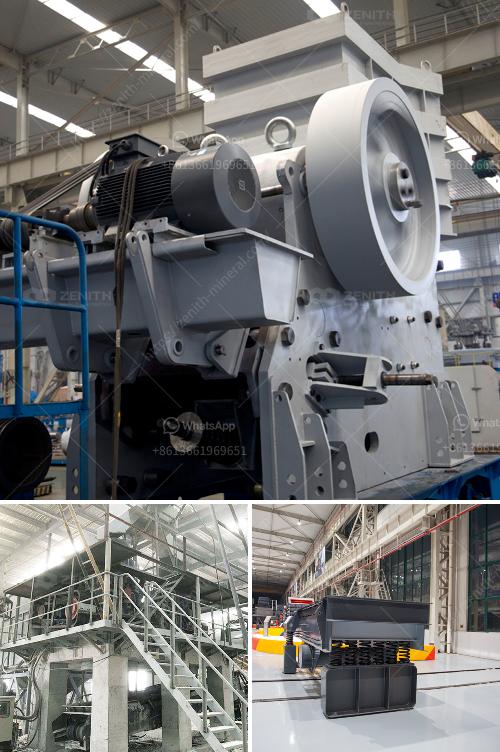Preventing environmental pollution in washing plants requires a multifaceted approach that includes the adoption of eco-friendly practices, proper waste management, and regulatory compliance. Here are some strategies to consider:
-
Water Management:
- Recycling and Reusing Water: Implement water recycling systems that treat and reuse wastewater.
- Water-Saving Technologies: Use water-efficient washing machines and technologies to reduce water consumption.
-
Chemicals Usage:
- Eco-friendly Detergents: Use biodegradable and non-toxic detergents and chemicals to minimize harmful emissions.
- Proper Chemical Handling: Store and handle chemicals safely to prevent spills and leaks into the environment.
-
Wastewater Treatment:
- On-site Treatment Plants: Install on-site wastewater treatment plants to treat contaminated water before releasing it into the environment.
- Regular Monitoring: Regularly monitor the quality of the treated water to ensure it meets environmental standards.
-
Energy Efficiency:
- Efficient Equipment: Use energy-efficient machines and appliances to reduce overall energy consumption.
- Renewable Energy Sources: Consider using renewable energy sources such as solar or wind power to run the plant.
-
Solid Waste Management:
- Proper Disposal: Ensure proper disposal of solid waste such as lint, packaging materials, and other debris.
- Recycling Programs: Implement recycling programs for materials like plastics, metals, and paper to reduce landfill waste.
-
Employee Training:
- Awareness Programs: Conduct regular training sessions for employees on eco-friendly practices and the importance of pollution prevention.
- Best Practices: Encourage the adoption of best practices in daily operations to minimize environmental impact.
-
Regulatory Compliance:
- Adherence to Laws: Comply with all local, national, and international environmental regulations and standards.
- Regular Audits: Conduct regular environmental audits to ensure compliance and improve practices.
-
Innovative Technologies:
- Advanced Treatment Technologies: Invest in advanced technologies such as membrane filtration, biological treatments, and other innovative methods to better manage pollutants.
- Automation: Automation and control systems can enhance efficiency and reduce human errors related to pollution.
-
Community Engagement:
- Collaboration: Work with the local community, government bodies, and NGOs to develop and implement effective pollution prevention strategies.
- Transparency: Maintain transparent communication regarding environmental efforts and progress.
By incorporating these strategies, washing plants can significantly reduce their environmental footprint and contribute to a healthier planet.

